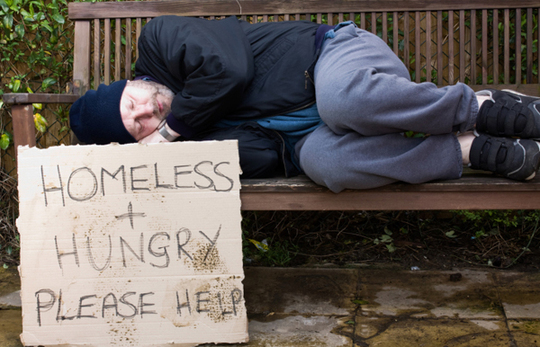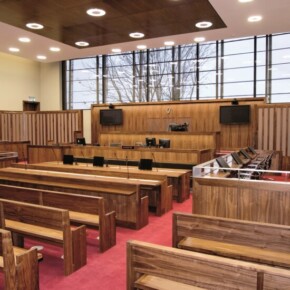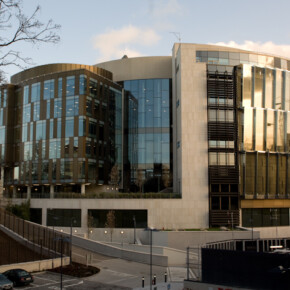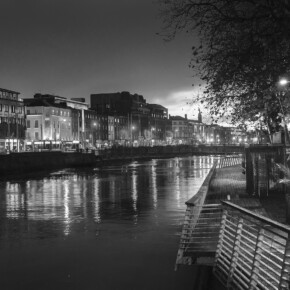CSO publishes shocking homeless figures
Dublin People 22 Sep 2012
SIXTY per cent of the country’s homeless population are in Dublin according to new figures published by the Central Statistics Office.
The figures from the census carried out last year also showed that of the 2,375 homeless people counted in the capital, just over two thirds (or 1,590) were male.
Shockingly, of the national figure of 3,808 homeless people accounted for in April last year, 3,744 people were in accommodation while 64 were sleeping rough.
Of the national figure, 450 were children under 14 years of age.
These are the most detailed homeless figures ever compiled by the census.
The Peter McVerry Trust, established by Jesuit priest Peter McVerry, welcomed the publication of the figures, which they described as
“worrying but not surprising
?.
“We are obviously concerned by the number of people involved, all of which have their individual story to tell,
? a statement from the trust read.
“However, we are particularly concerned by the number of children captured in the census.
“Those that are homeless represent some of the most excluded in our society. The experience of homelessness is tough and impacts greatly on the individual. Above all, children should be protected from such an experience.
?
The Dublin Region Homeless Executive carry out a count in Dublin every three years and a
‘rough sleeper’ count every six months in order to count the number of homeless on the streets in Dublin.
A spokesperson for the Dublin Region Homeless Executive explained how it works with voluntary and statutory services to implement the Pathway to Home model of homeless, housing and support provision in the capital.
“The main aim of the model is to simplify and speed up the journey for people who are experiencing homelessness into independent living, with supports as required,
? she told Northside People.
“Our approach is a housing-led one that targets chronic and long-term rooflessness and related living situations and aims to prevent homelessness where possible.
“The housing-led approach allows service providers to focus on the delivery of independent accommodation for homeless people and families, resulting in a move away from the heavy dependence on emergency accommodation in hostels and private B&Bs.
?
The figures from the census also revealed that of the children identified, 199 were aged under four and 154 were aged between five and nine.
There were 208 people of pensionable age identified as homeless, one-third of whom were over 75. Almost three-quarters of homeless people were aged between 20 and 59.
Two-thirds of the homeless population were male. Almost a third of homeless men were aged over 50, compared with only 15 per cent of females.
More than two-fifths of homeless people were in emergency accommodation, a quarter were in long-term accommodation and others were in transitional accommodation (14.5 per cent).











